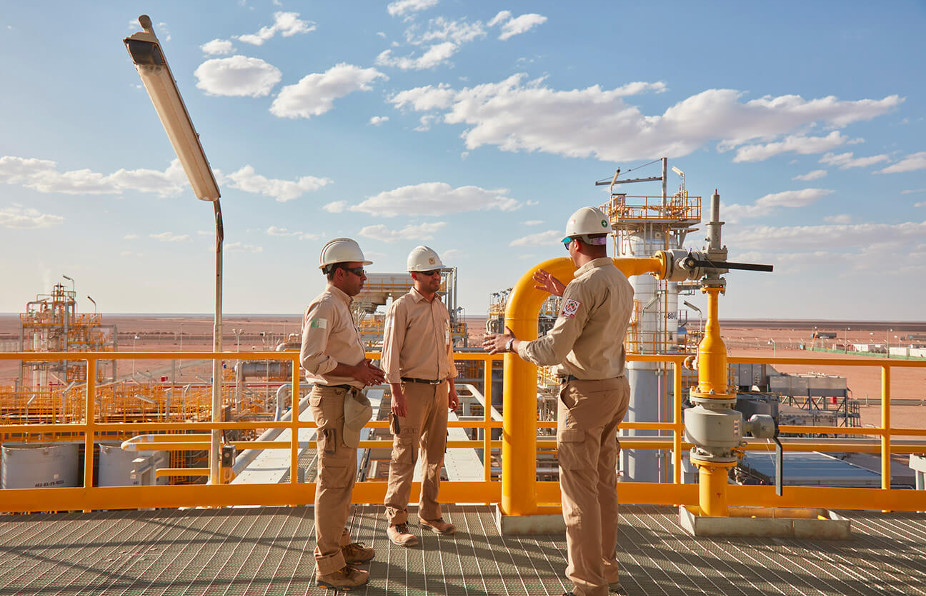
Analysts had expected the authority to report an inventory decline of 750,000 barrels for the period. A week earlier, the EIA estimated inventories had added 1.2 million barrels, after for the last week of 2019 it reported an inventory decline of 11.5 million barrels.
In gasoline the EIA reported an inventory rise of 6.7 million barrels, adding to a build of 9.1 million barrels a week earlier. Production last week averaged 9.3 million bpd, up from 8.9 million bpd for the previous week.
For distillate fuels, the authority reported an inventory increase of 8.2 million barrels for the week to January 10, compared with an increase of 5.3 million barrels for the prior week. Production of distillate fuel amounted to 5.2 million bpd last week, versus 5.3 million bpd a week earlier.
Brent crude traded at $64.13 a barrel at the time of writing, with West Texas Intermediate at $57.92 a barrel, pressured not only by the American Petroleum Institute inventory report but also by reports that Washington plans to keep tariffs on Chinese goods in place until after the elections in November, effectively prolonging the trade conflict and pressuring demand for oil.
The tariff report has affected the optimism surrounding the pending U.S-China trade deal that was seen as instrumental for an improvement in oil prices. The preliminary, or phase 1, deal is expected to be signed today.
“Oil prices are tentatively rebounding after seller exhaustion kicked (in) as investors await the next developments on the trade front and whether we see a strong pickup with global demand following the phase-one trade deal,” a OANDA analyst told Reuters.
The EIA itself added to the optimism by revising its price forecasts for Brent and WTI in the latest Short-Term Energy Outlook released earlier this week. In it, the EIA said it expected Brent crude to average $64.83 a barrel this year and WTI to average $59.25 a barrel.
